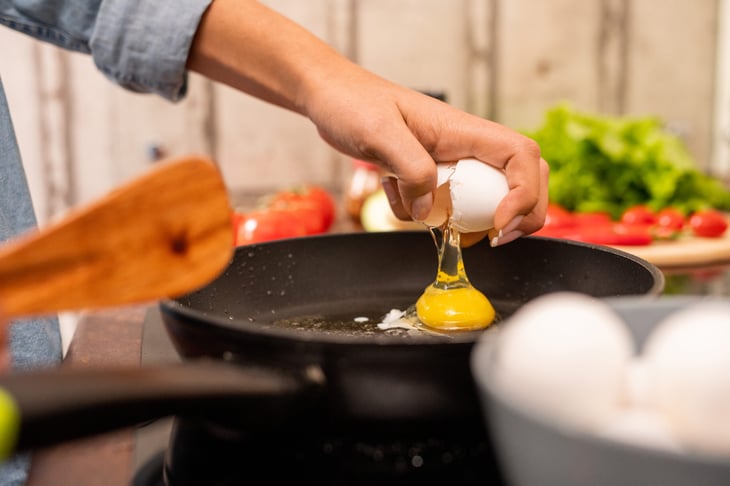
My dad raised chickens when I was a kid in Minnesota, so I tell my family that I grew up eating some of the freshest eggs in America. We’d just pluck them out of the nests in our barn and bring them inside to cook in any number of ways, from soft scrambled with chives (my favorite) to sunny-side up.
“Eggs are an inexpensive source of high-quality protein,” says Lizann Powers-Hammond, a faculty member at the Washington State University Extension who holds a master’s degree in human nutrition.
She tells Money Talks News that eggs are “extremely versatile” and can be used for any meal, as a snack, or even as dessert. They’re also vital ingredients used in preparing recipes.
Eggs are versatile for sure, but they’re not foolproof. Here’s a look at common mistakes home cooks make when using with this diverse and tasty ingredient.
1. Confusing fresh eggs with safe eggs
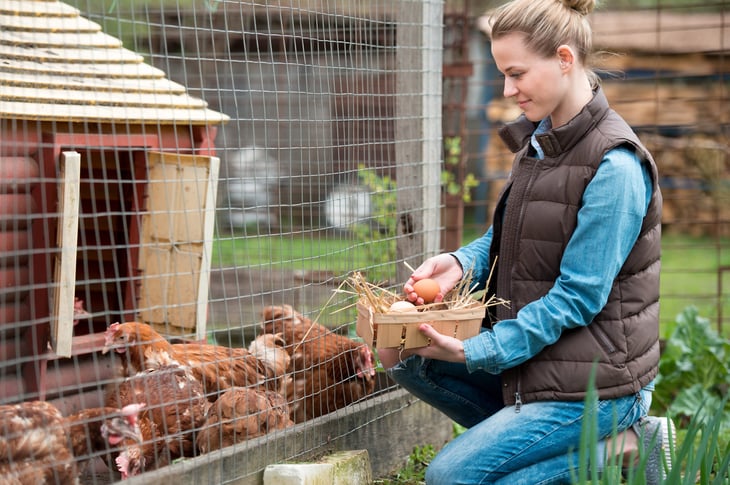
You may have heard that you can put a whole egg into a bowl of water, and if it sinks, it’s considered fresh. If it floats, it’s an older egg. Powers-Hammond says just because an egg is older doesn’t mean it is not safe to eat.
With age, eggs lose some moisture, and the air sac inside them gets larger while the egg white gets thinner, she explains.
“Freshness does not determine safety, and eggs that float are still safe to use,” she says. Fresher eggs are better for a visible use, such as a fried or poached egg, where the egg’s appearance is on display. But that doesn’t matter for scrambled eggs or baking, so use up those older eggs without worry.
If you’re really worried an egg has gone bad, break it into a separate bowl to look for an odd smell or appearance — or just simply compost it.
2. Using the wrong size egg
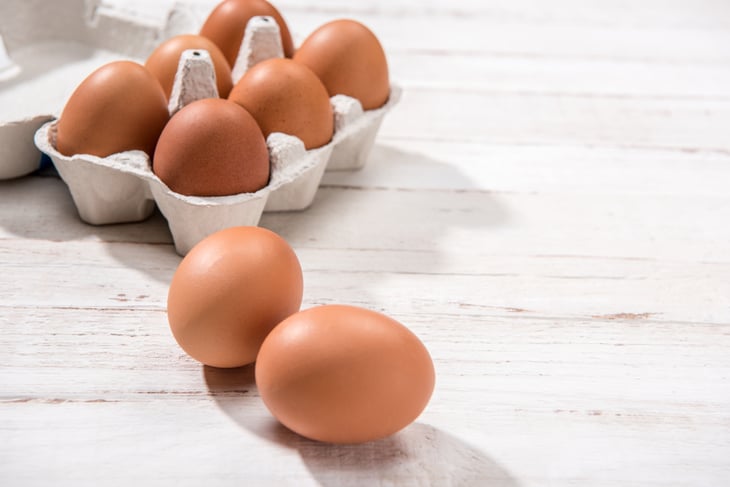
Egg cartons are marked with all kinds of sizes — small, medium, large, extra large, even jumbo.
“A large egg is the standard for most recipe development, and generally, it will state if a different size is used,” Powers-Hammond says.
Scrambling up some eggs? Use whatever size egg you have. But for a delicate baking project, stick to the size detailed in your recipe.
3. Cracking eggs right into other ingredients
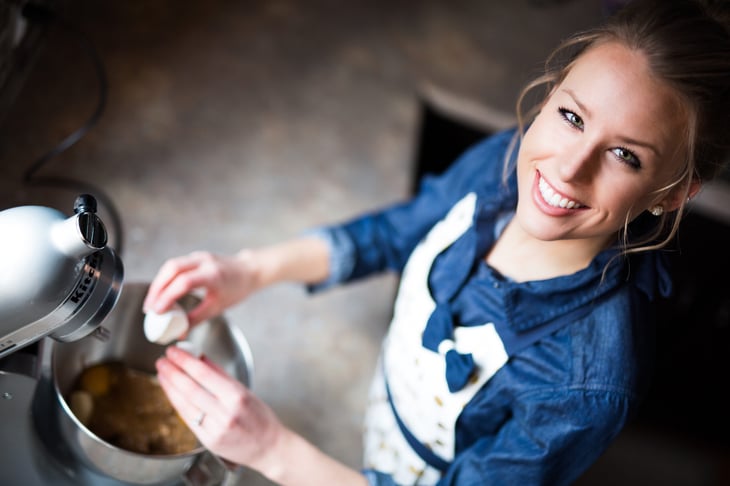
It’s always a good idea to crack your eggs into a separate bowl, not directly into a bowl or pan full of other ingredients.
“This lets you accomplish two things,” says Powers-Hammond. “(You can) remove any eggshell pieces and look for any problems with an egg. Sometimes you get a spoiled egg or one with blood spots or black spots.”
This is also smart if your recipe specifies separating egg whites from egg yolks. If a yolk breaks, the problem can be more easily corrected if you are working over a separate bowl.
4. Judging eggs by their shell color
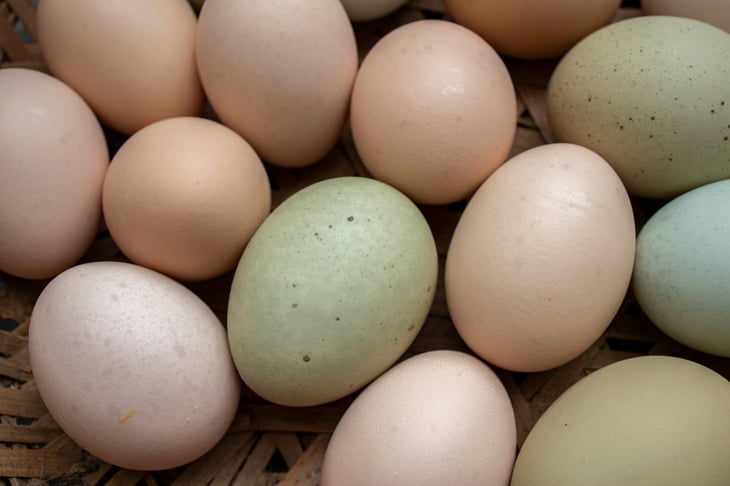
I knew this one from my Minnesota farm life — for a while, my dad raised guinea hens that laid striking blue eggs (which were perfectly edible). But some people shy away from brown or colored eggs for no real reason other than preference.
“Eggshell color is determined by the breed of chicken,” Powers-Hammond says. “Inside, the egg is an egg — same protein and nutritional value.”
The color of the yolk itself, according to Powers-Hammond, is related to the hen’s diet.
5. Cooking eggs at too high a temperature
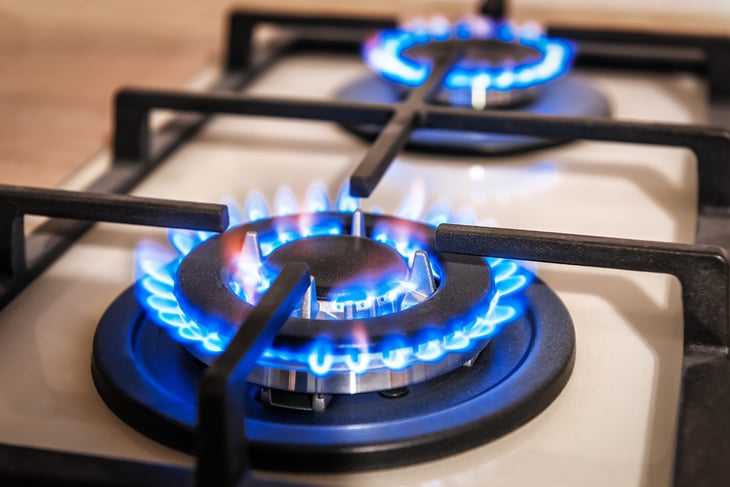
This is a biggie. Ever had scrambled eggs that tasted rubbery instead of fresh and soft? It’s easy to turn up the heat too high when cooking eggs on the stove.
“High heat causes the egg to coagulate too quickly,” said Powers-Hammond, noting that this causes the egg to shrink and toughen. “Low to moderate heat is better for quality and texture.”
She also notes that nothing causes your eggs to stick to the pan more than high heat.
6. Not using a big enough pan
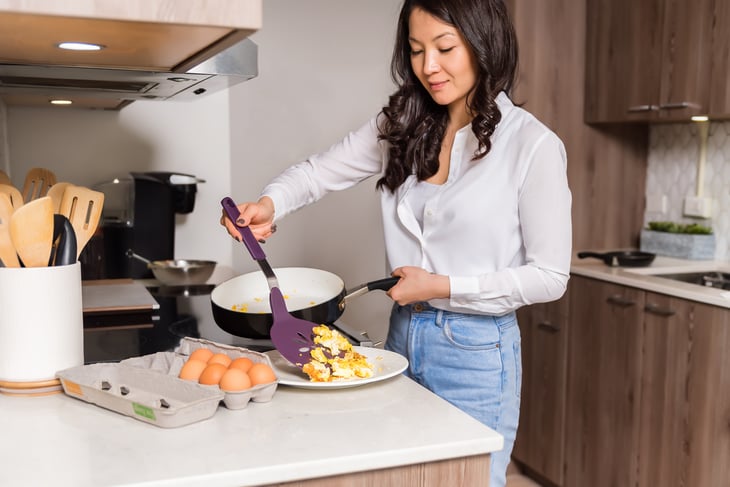
This has happened to me when I attempted to flip a fried egg in a too-full pan. The result was edible but not pretty. It would seem to go without saying, but especially if you need to flip an egg, choose a large pan.
“The proper equipment for the job is always important for food preparation,” Powers-Hammond notes.
7. Skipping the ice bath when you want to peel eggs
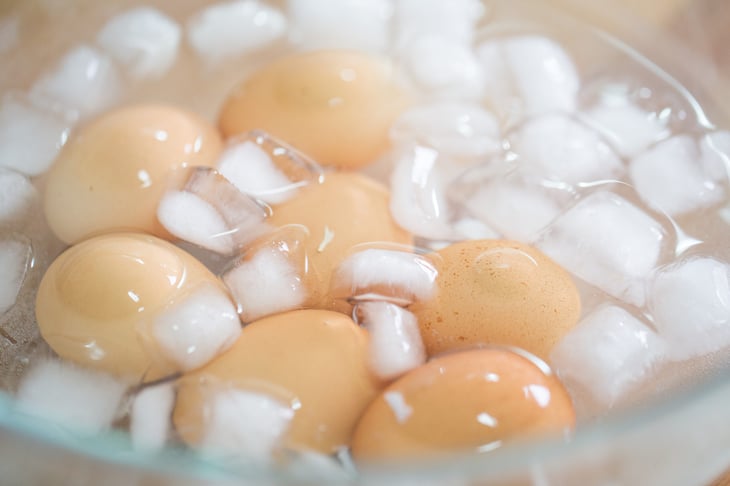
Sometimes, you’re hard-boiling eggs to peel them for some reason — perhaps a tasty batch of deviled eggs. We’ve all seen the ragged, broken appearance of some hard-boiled eggs, where the shell stubbornly stuck to the egg and ripped the white. Solve this by soaking your hard-boiled eggs in a bowl of icy water for at least 10 minutes after boiling.
“The cold-water dip, or ice bath cooling, helps with the removal of the shell (but also) helps prevent dark green deposits around the yolk,” Powers-Hammond says.
8. Forgetting to wash your hands
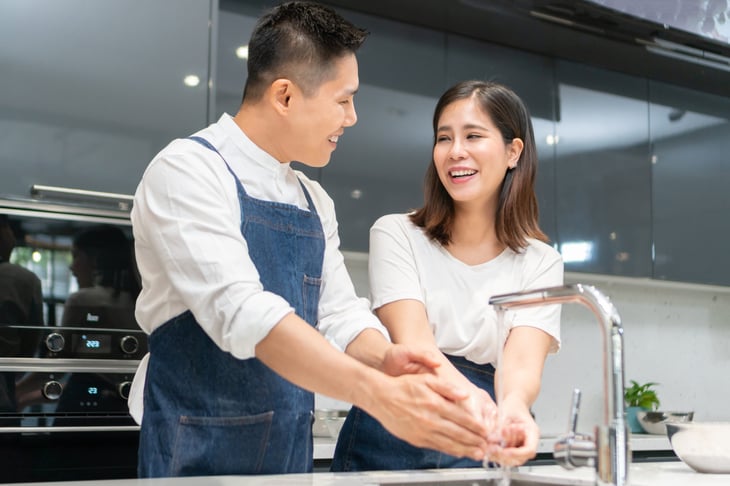
Powers-Hammond says we’re smarter about egg use nowadays.
“We used to think eggs were ‘sterile,’ and now we know they’re not,” she says. “Handle (raw) eggs with the same precautions of other raw products, such as meats. Wash your hands before and after handling raw eggs.”





Add a Comment
Our Policy: We welcome relevant and respectful comments in order to foster healthy and informative discussions. All other comments may be removed. Comments with links are automatically held for moderation.